On Monday we went to London, my first time since March 16th 2020, as the Soho Life Drawing classes are starting again in a couple of weeks (how is it September already?) and I wanted to see how I felt being back in the throng of it all, compared to my 1-new-person-a-fortnight interactions I currently have here in rural Sussex.
I took some Birds of Westminster books to see if there were any potential outlets. I am feeling pretty ambivalent about supplying to bookshops at the moment as not only do I have to supply Gardners at a hefty enough discount to be able to pass on a suitably appealing discount to their customers, but I also need to absorb the postage costs to get said books to Gardners (sadly they don’t allow drop-offs: I live 10 minutes away) and I have now realised I also get charged by Nielsen for the privilege of them passing order details from Gardners to me. As it’s a flat rate, I barely break even. Add in the fact that bookshops take a dim view of booklets (don’t go on a shelf/need a display unit), nor do they seem thrilled that my booklets are a Special Order Line and not stocked in the Gardners warehouse and the prospect of expending energy convincing them to supply my titles seems a little pointless. I have not scrapped the idea entirely, but until – or unless – I can get the costs down, and the books get a little more exposure, I am tackling lower hanging fruit in the form of gift shops, galleries and cafes. I also have a potential edition for the WWT at Arundel but that is still in the early stages.
There wasn’t a problem spotting Feral Pigeons, but I headed to St James’ Park after lunch to try and tick some more off my list.

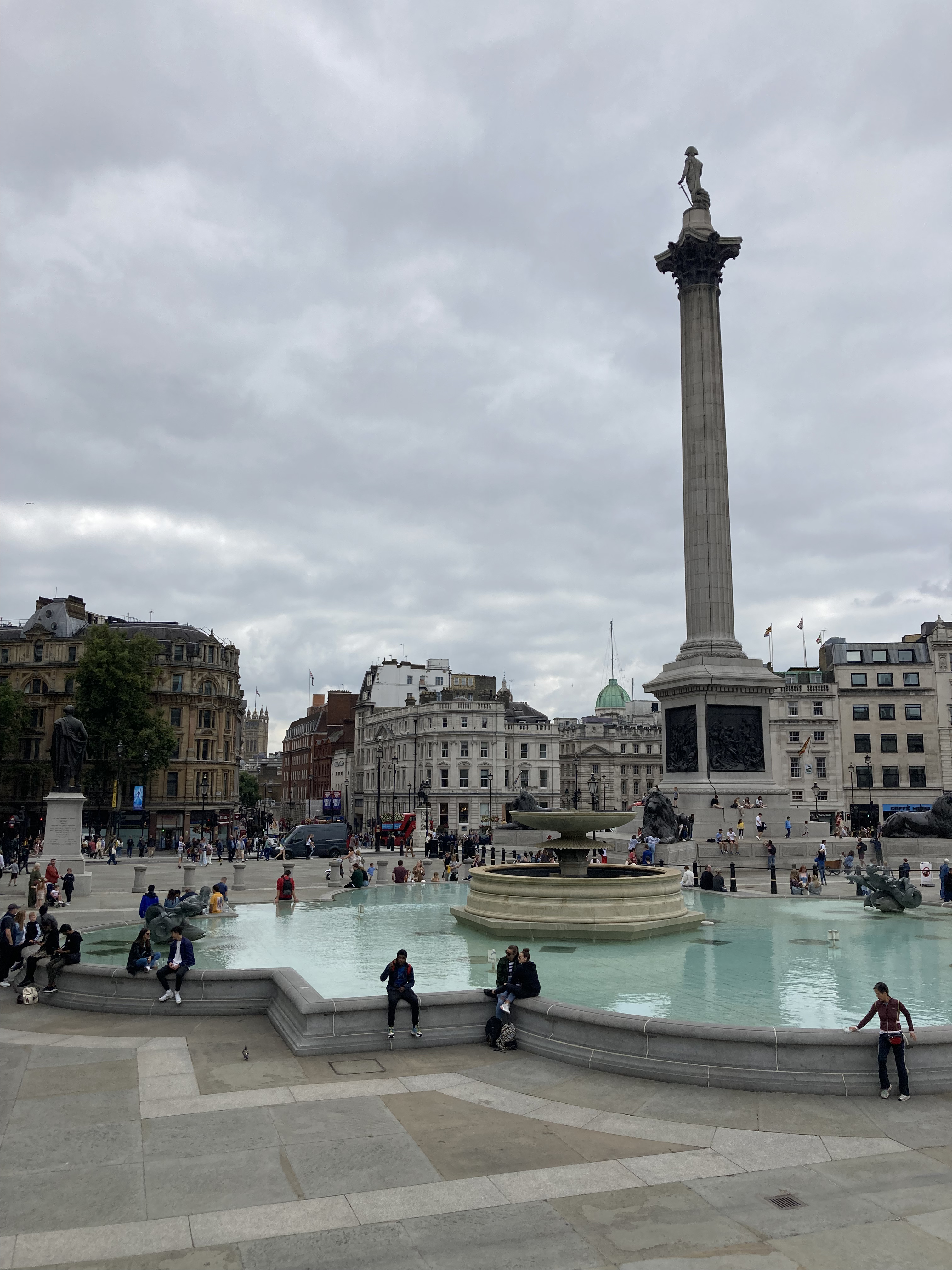



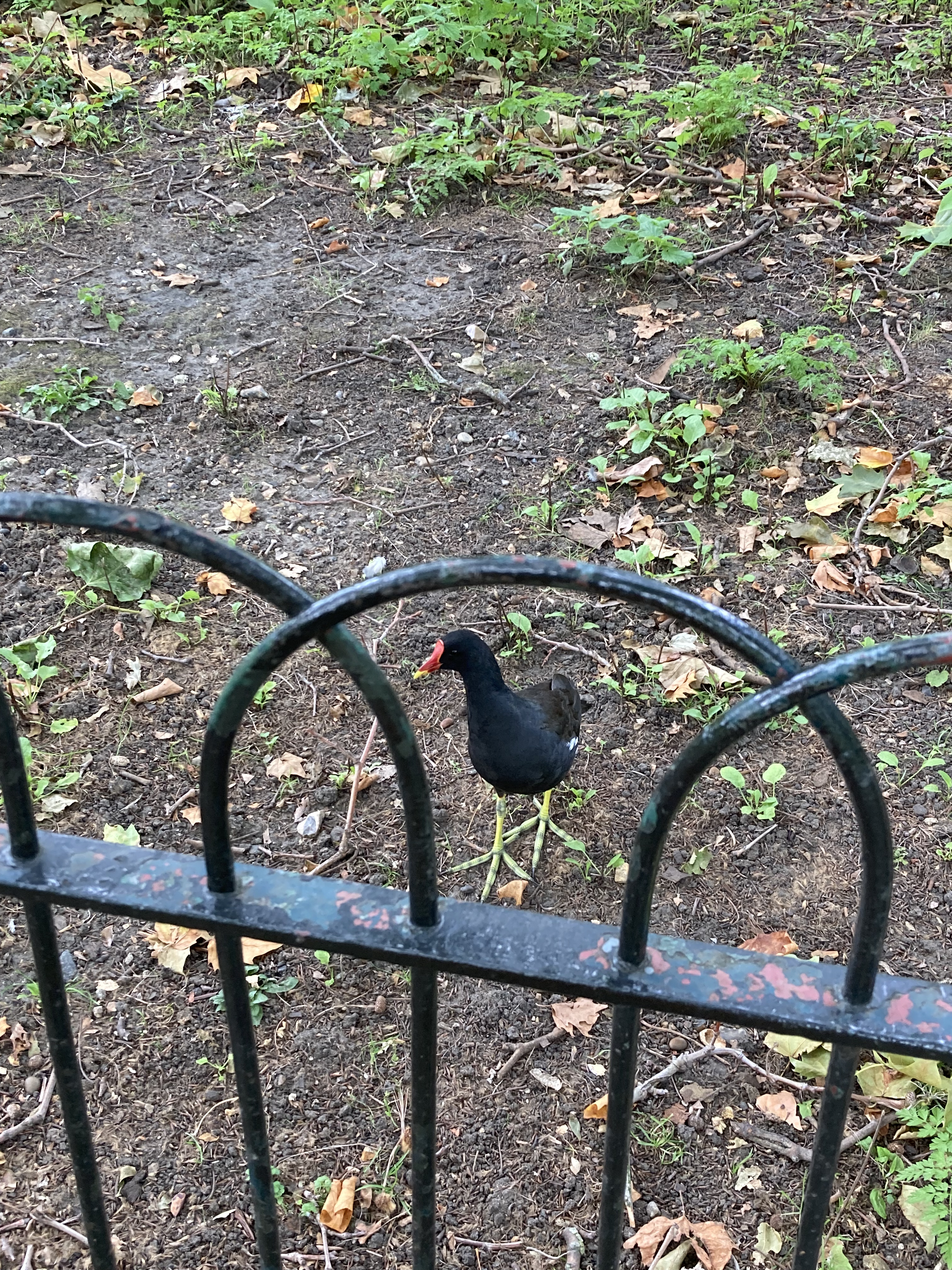


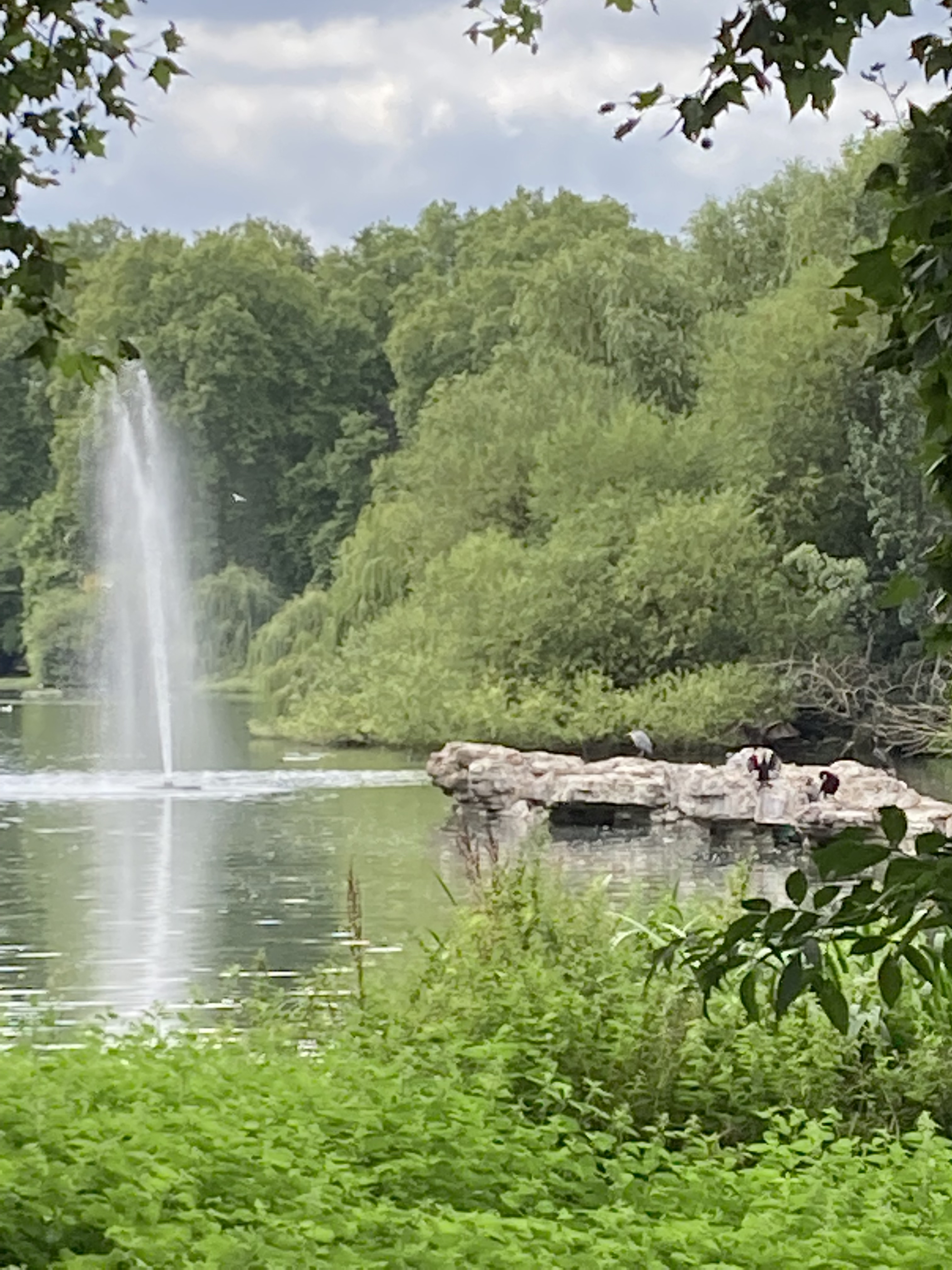

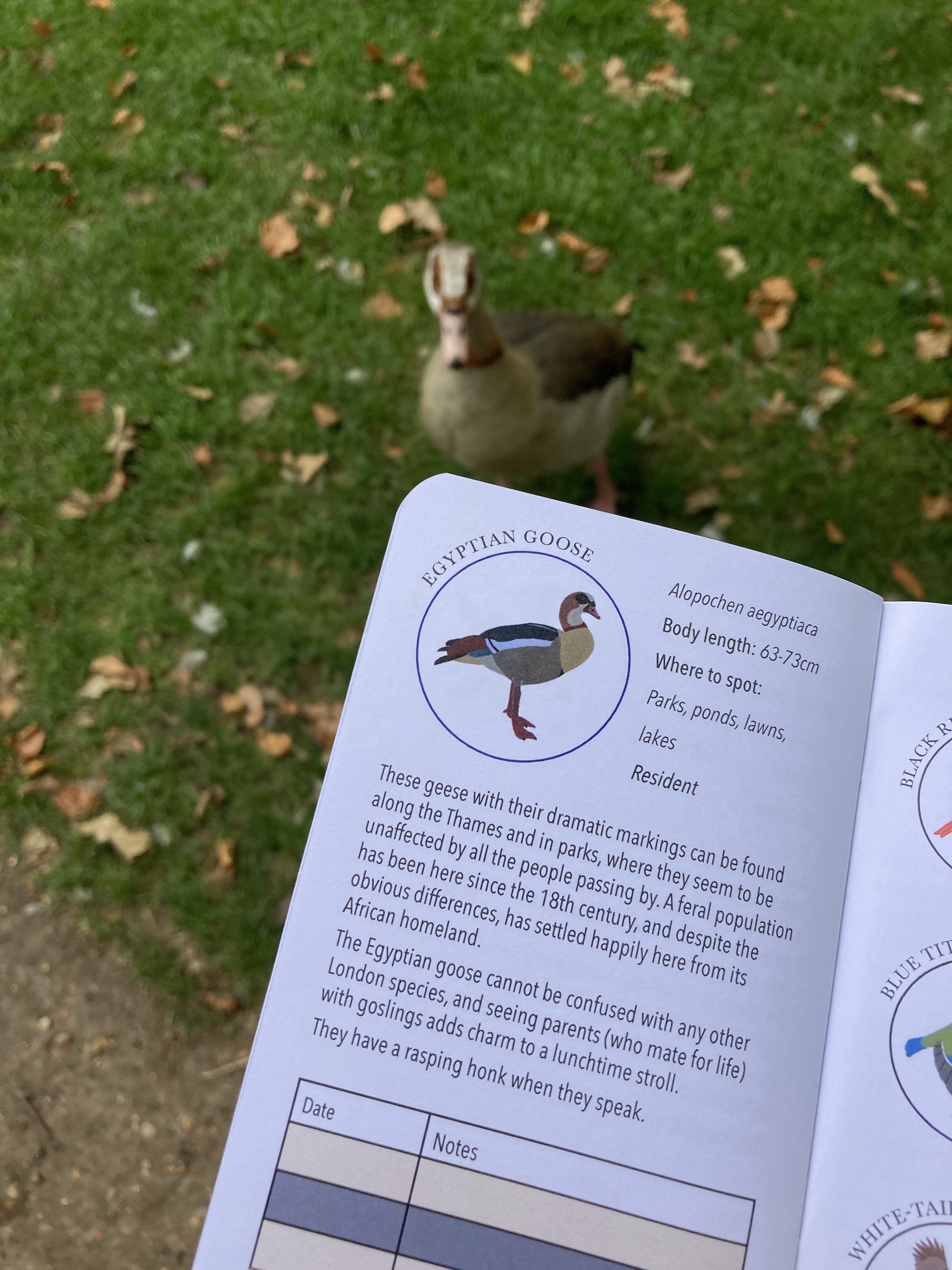


Ok, so there are NO Pelicans in the Logbook, but I figure everyone knows a Pelican, whereas I didn’t know Egyptian Goose when I first saw one.
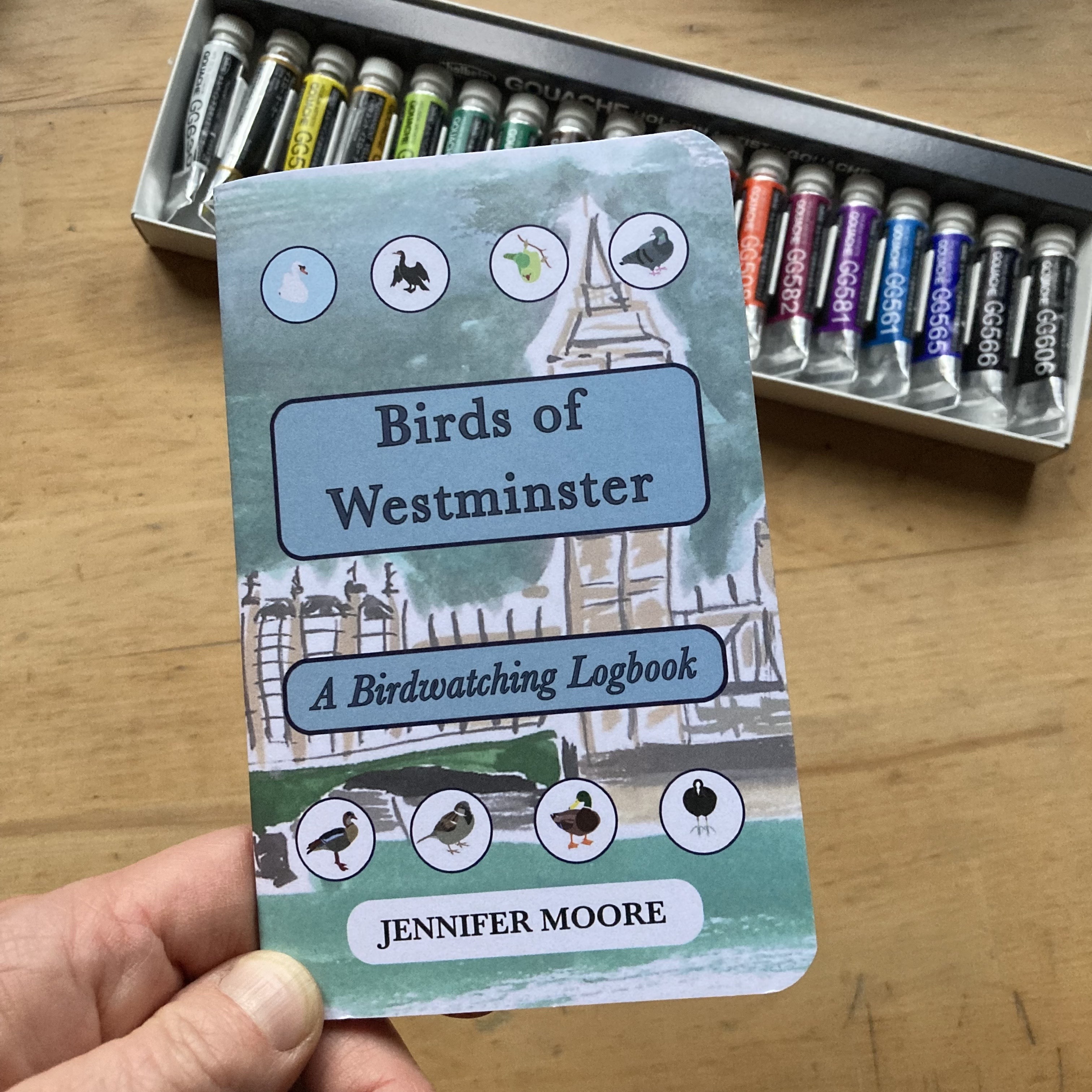
Birds of Westminster birdwatching logbook
Includes UK postage
£5.99
I did find a new stockist as I was waiting for my delayed then cancelled train to arrive. Round the corner from London Victoria was a cute little indie bookshop (which doesn’t use Gardners…..) and they took a few to see how they get on:

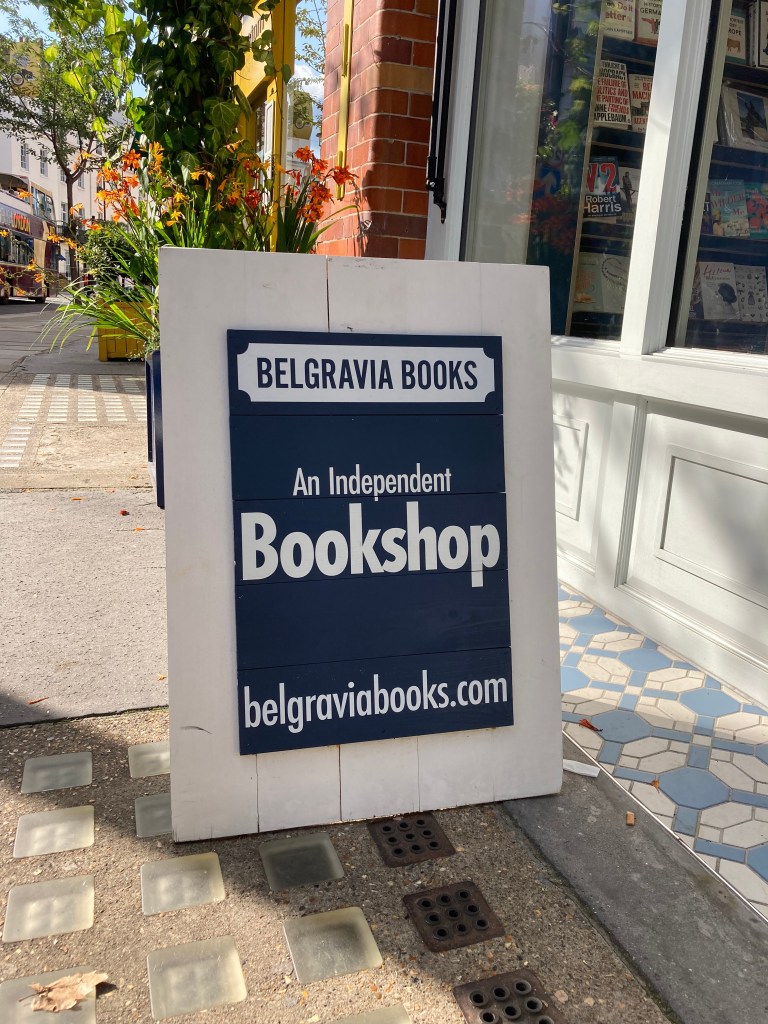
I confess I felt a bit sad about all the sick-looking birds, and people throwing crisps and bread for them. There are some tired-looking signs saying “Do not feed the wildlife” but they are low down on the railings and faded. Although accurately stating that feeding not only leads to poor health but also encourages rats, gulls, and corvids, there is something so ingrained about ‘feeding the birds’. I wonder why some things stick even though surely it’s obvious that swans shouldn’t eat Pringles?
There was a recent article in the Guardian about a study showing that feeding birds even proprietary foods (and some are gourmet blends catering for every need) can disrupt the natural balance. I have often thought that providing a little extra food is fine, but ideally we should have gardens and outdoor spaces that are bird-friendly in a holistic way, so not just providing food for the adults, but also nesting sites, live food in the form of worms, flies, and caterpillars, as well as just sheer space. Birds have territories and some will be quickly ousted by the more dominant species so feeding them just exacerbates the situation.
I am so pleased that I made a conscious decision to omit the mention of feeders and nest boxes in my logbooks. Even if it’s subliminal, saying how birds feed and nest in – albeit human-influenced – natural habitats was so important to me, and I sincerely hope this gets folk realising that birds are part of the natural world and need insects and seeds and quiet areas in which to live, nest and raise their young. Since I moved to my house here in rural Sussex in 2008, I have noticed a dramatic decline in the variety of birds I have visiting my garden. I now have Great Tits, Blue Tits, a Robin or two, a noisy Wren, a couple of Dunnocks and a pair of Blackbirds. I sometimes see Goldfinches, and there are plenty of corvids and Wood Pigeons. The number of individuals has declined, as has the variety. I used to get all of the above plus families of House Sparrows, Greenfinches, a Song Thrush and Nuthatches. Admittedly my garden is an absolute jungle right now so hopefully it’s a case of me not being able to see them rather than them not being there, although sadly I suspect it’s the latter. I hope in a tiny small way my logbooks get people thinking differently: so many field guides are either too esoteric or very much feature the birds directly in relation to humans.
I will carry on with my handful of sunflower hearts for my current bird visitors but do my best to organise my garden to be even more beneficial to birds. I’m also wondering if I should do a booklet on natural bird feeding and habitat provision…


Any chance you could get some sort of involvement from/with the RSPB? Not sure what the politics are but having just looked at their website you look like a natural fit to me. Or maybe other wildlife charities?
LikeLiked by 1 person
I’m slightly holding fire with the RSPB as they are a BIG charity and therefore will want to see the pounds shillings and pence…which I will hopefully have after a few more months of sales. The WWT were remarkably underwhelmed but I am hopefully getting on board with them now! They are doing very well at Rye Harbour Discovery Centre which is Sussex Wildlife Trust 🙂
LikeLiked by 1 person
Glad to hear they’re doing well at Rye. Thought they might. Was a grazing shopper there once or twice myself (in its previous incarnation) and was tempted to buy a bunch of identification charts I hadn’t considered before. Including spiders and wildlife footprints. Very handy!
LikeLiked by 1 person